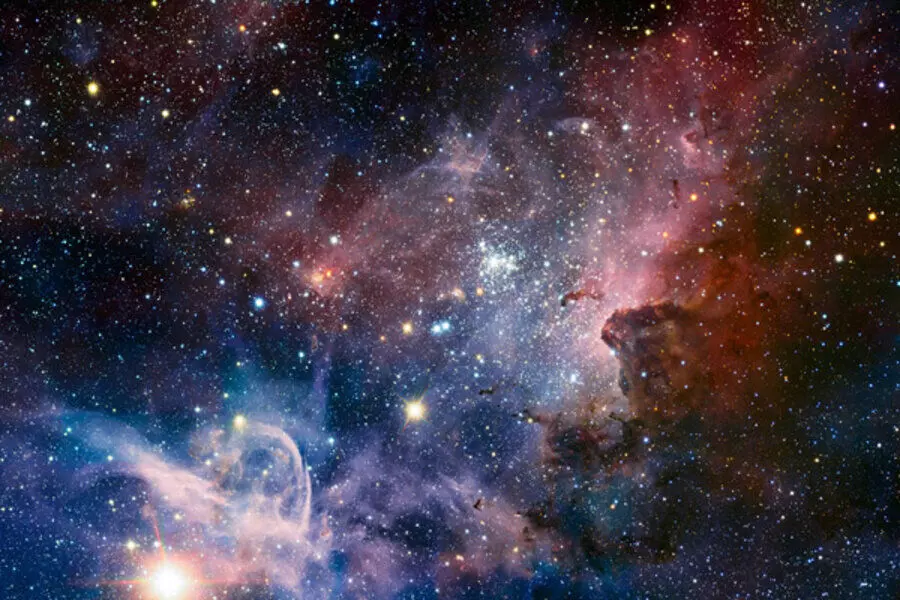
NASA finds newborn stars in a rarely seen stage in Webb telescope images
text_fieldsImages from James Webb Space Telescope have delivered scientists a rare moment in the process of creation. Experts have now spotted newborn stars in a state that is rarely recorded.
Its infrared eyes spotted dozens of energetic jets of material blasting from the newborn stars. A star takes several million years to be fully born but this particular stage exists only for a few thousand years.
NASA's astronomers looked at the Cosmic Cliffs within the Carina Nebula, specifically the star cluster NGC 3324. These images are the first batch of observations from when the new highly advanced telescope started working first.
The paper published in Monthly Notices of the Royal Astronomical Society says the images are like "finding buried treasure." A hint of the said activity is seen in the images released in July 2022. "But these jets are only visible when you embark on that deep dive, dissecting data from each of the different filters and analysing each area alone," said Jon Morse from CalTech.
Scientists now looked closely at the data and analysed the infrared images to find a crop of baby stars. "Jets like these are signposts for the most exciting part of the star formation process. We only see them during a brief window of time when the protostar is actively accreting," said Nathan Smith from the University of Arizona.
Experts think the discovery can kickstart a better understanding of how stars like the Sun are formed and how the radiation from star formation influences the development of nearby planets. This is also likely to provide insights into the search for Earth-like worlds that may host life.
This corner of the nebula has been previously observed by the Hubble Telescope but it did not spot the rare sight. JWST can see through clouds of dust and gas because of its infrared quality.
























